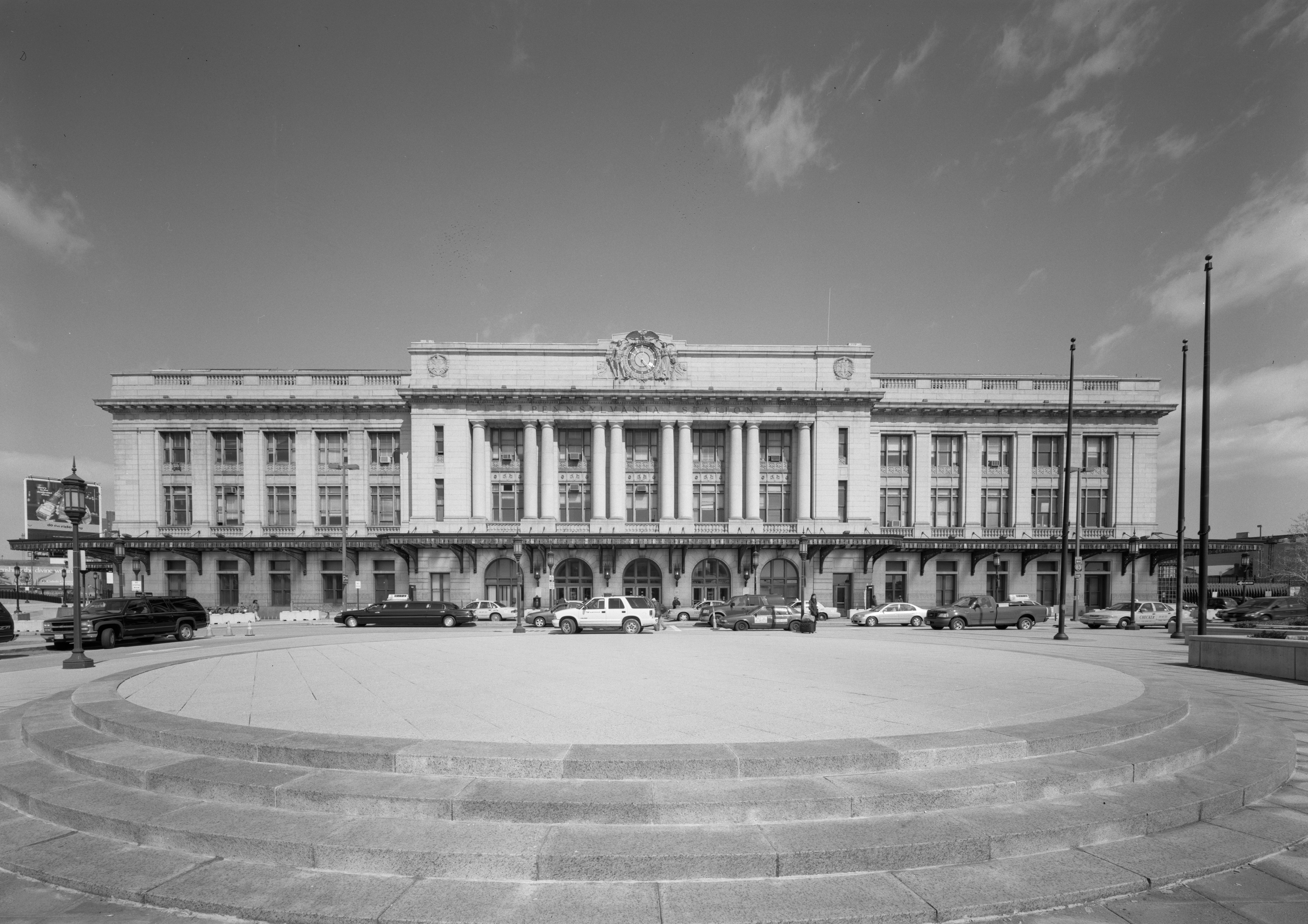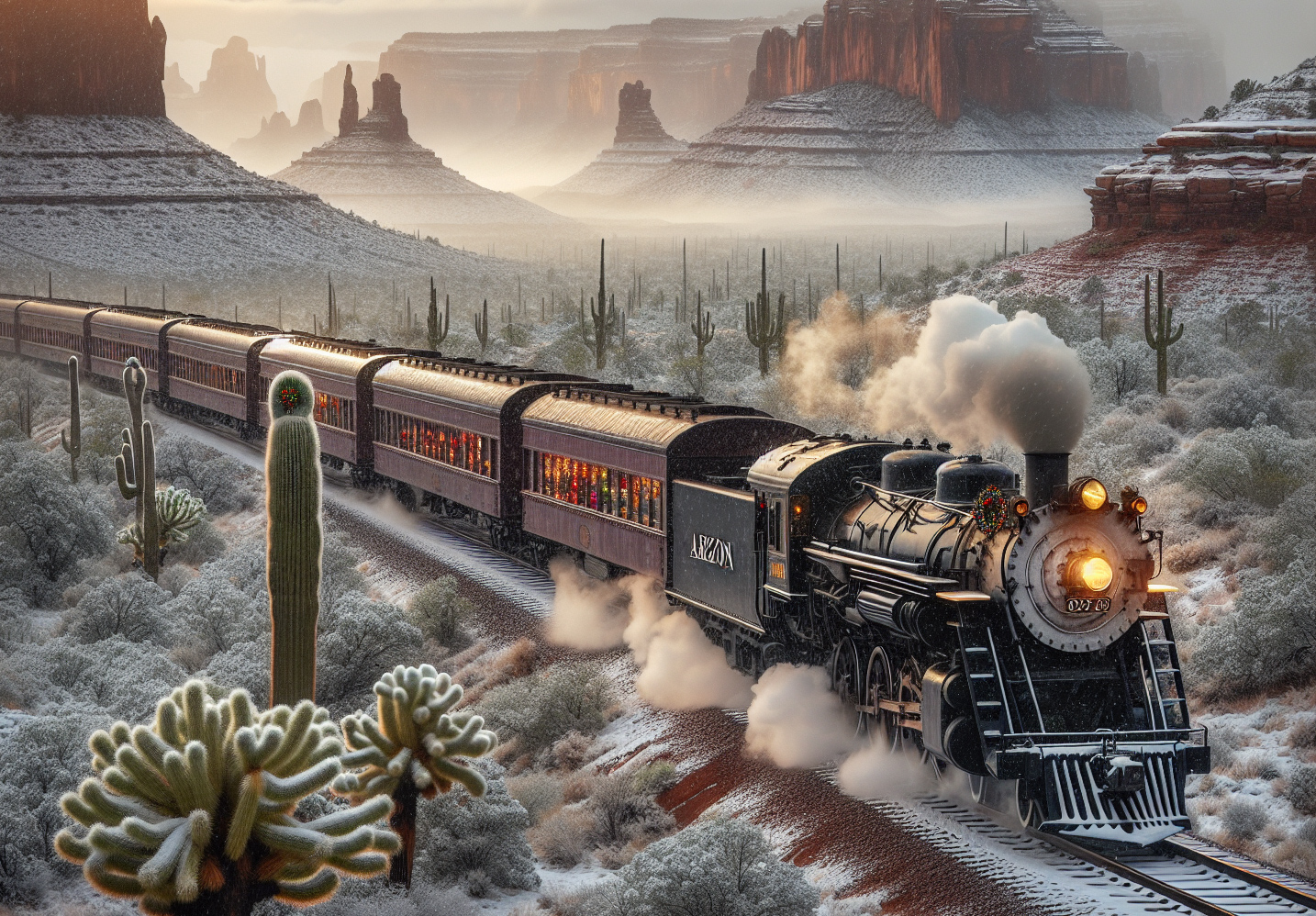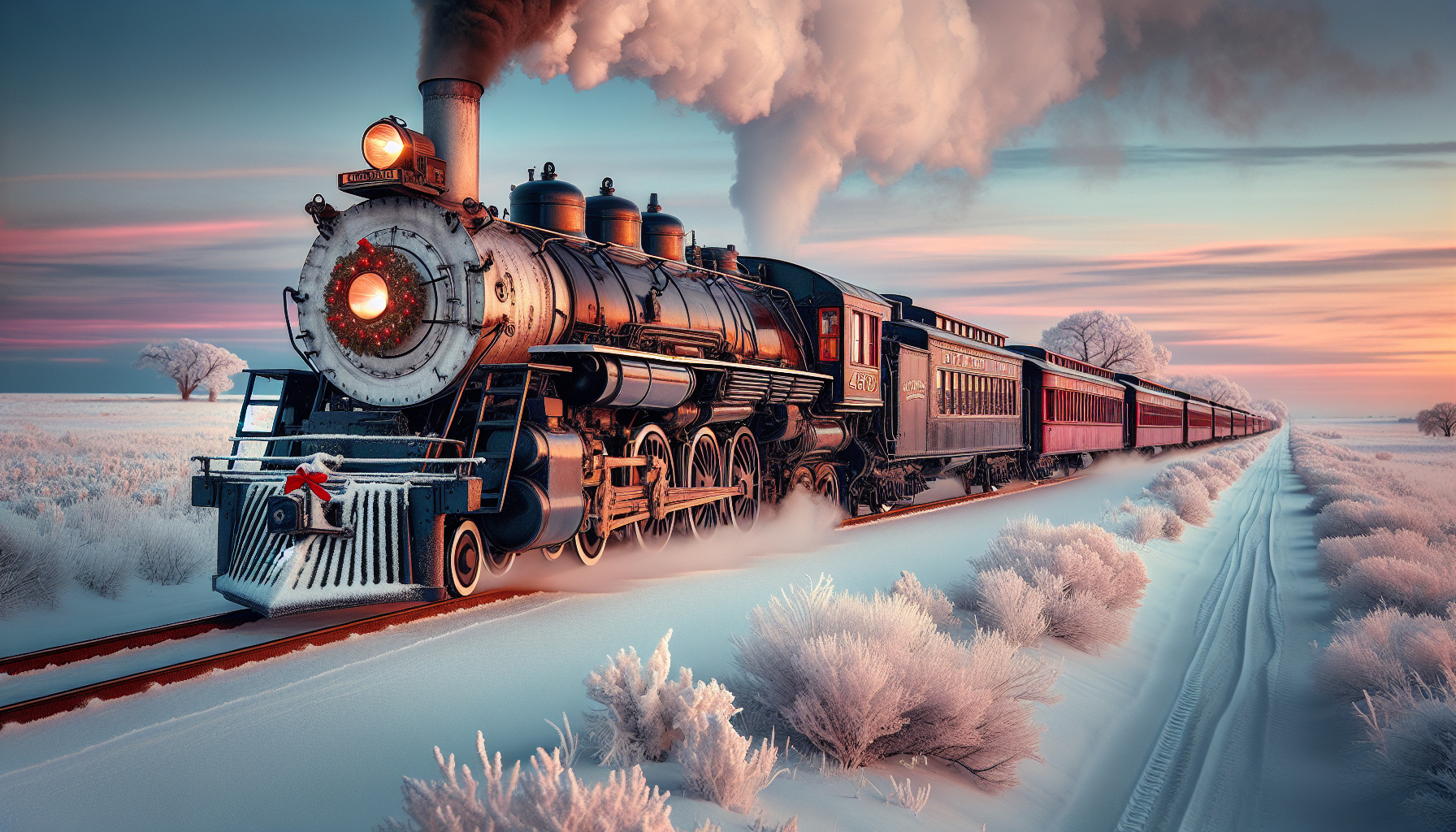Baltimore Penn Station: PRR's Historic Terminal
Published: February 7, 2025
By: Adam Burns
Baltimore Penn Station, formerly known as Pennsylvania Station and before that Union State, is a critical transportation hub. Today, it is the eighth-busiest station in North America, welcoming millions of passengers each year.
Designed by the eminent New York City architect Kenneth MacKenzie Murchison (1872–1938), the station opened in 1911, exemplifying the Beaux-Arts architectural style for the Pennsylvania Railroad.
Situated in the heart of Baltimore, the terminal not only connects the city's residents to the broader regional transport network but also serves as a vibrant historical landmark with a rich architectural legacy.

Historical Significance
The current Pennsylvania Station represents the third iteration of terminal located at North Charles Street. Initially, a wooden structure was erected by the Northern Central Railway, a subsidiary of the PRR, and opened in 1873.
This was replaced in 1886 by the Charles Street Union Station, which comprised a three-story brick edifice located below street level, accessible via a sloping driveway.
The associated train shed measured 76 by 360 feet. This facility was demolished in January 1910 to make way for the current structure, which officially opened on September 15, 1911.
Baltimore's Penn Station embodies the design excellence of early 20th-century American architecture. Its Beaux-Arts style, detailed with stately columns and intricate stonework was a classic trademark of PRR stations that could be found throughout the Northeast.
For over a century, the station has withstood the test of time, mirroring the evolving transportation landscape while retaining its cultural and architectural integrity.
Historic Operations
The exterior of Penn Station is marked by its grandiose façade, blending symmetry and elegance. The building's impressive arched windows allow natural light to flood the interiors, creating an inviting environment for passengers.
Inside, the station maintains its original charm, with high ceilings featuring ornate stained glass skylights, marble floors, and ornamental details that echo the grandeur of travel in the early 1900s.
The integration of art is evident throughout the station, with sculptures and artwork that enrich its aesthetic value. Of notable mention is the sculpture "Male/Female" by Jonathan Borofsky, commissioned in the early 2000s. The controversial piece, standing proudly outside the station, has sparked dialogue about public art and its role in communal spaces.
Historic Services
Until 1928 Union Station also served trains of the Western Maryland Railway. While only a regional system in comparison to the mighty PRR, WM's modest passenger trains reached points such as Cumberland, Connellsville (Pennsylvania), and Elkins, West Virginia.
Predominantely, Penn Station handled services of the PRR as numerous long-distance and commuter trains called there. Of note was the aforementioned commuter services traveling to Washington, D.C., the precursors of the present-day MARC Penn Line.
Moreover, renowned streamliner trains from various railroads, such as the Southern Railway's Southerner, Tennessean, and all-Pullman Crescent Limited, the Atlantic Coast Line's Champion, Seaboard Air Line's Silver Meteor, Birmingham Special and many others operated over the PRR between New York City and Washington, D.C.
The railroad's very busy Northeast Corridor hosted dozens of famous southern trains to northern points such as Baltimore, Philadelphia, and New York as the public often used rail service for summer and winter vacationing in the Deep South.
As a station for the Western Maryland, Penn Station enabled travelers to journey directly to multiple Maryland locations including Westminster, Hagerstown, and Cumberland, until passenger service on this line ceased in 1958.
Up until the late 1960s, the PRR also managed long-distance train services from the terminal via its historic Northern Central Railway line to destinations such as Harrisburg and further. The so-called "Blue Ribbon Fleet."
Notably, services like The General to Chicago, the Spirit of St. Louis to its Missouri namesake, and both the Buffalo Day Express and the overnight Northern Express traversed the route between Washington, D.C., and Buffalo, New York.
In 1956, the Liberty Limited to Chicago and the Dominion Limited to Toronto also ran this route. Alas, much of the old Northern Central - once a critical component of PRR's system between Baltimore-Harrisburg is now abandoned.
Modern-Day Functionality
Since 1958, Penn Station has served as the principal intercity railway hub for the region. This followed the cessation of all passenger services north of Baltimore by the Baltimore & Ohio, which led to the closure of the Mount Royal Station in 1961 and a reduction of services at Camden Station to exclusively local commuter trains by 1971.
Currently, much of the Northern Central Railway's right of way still in place in Baltimore County is used by the Baltimore Light RailLink, although the specific spur from Penn Station is not the original path followed by Northern Central trains. Service for the Baltimore Light RailLink commenced in 1997.
As part of the Northeast Corridor Improvement Project, Penn Station was meticulously restored to its original 1911 architectural design in 1984. Today, the facility serves as a crucial node for Amtrak’s extensive rail network, accommodating major routes such as the Northeast Regional and Acela Express.
These routes provide swift and reliable connections between Baltimore and key cities like Washington D.C., Philadelphia, New York, and Boston. In addition to Amtrak services, the station is a hub for the Maryland Area Regional Commuter (MARC) trains, facilitating suburban transit and reinforcing Baltimore’s role as a commuter city for the much larger capitals nearby.
Moreover, the station supports local transit through connections to the Maryland Transit Administration’s Light RailLink and bus services. This multimodal integration enhances accessibility for commuters and tourists alike, making Penn Station a central element in Baltimore’s transport infrastructure.
In an era that increasingly emphasizes sustainable travel, the station's prominence in rail and public transport reflects broader shifts towards environmentally conscious transit solutions.
Legacy
Baltimore Penn Station stands as much more than a transit point; it is a testament to the city's historical evolution and a beacon of its future aspirations.
As Baltimore seeks to expand its global presence, the station remains a conduit for connection, opportunity, and growth.
Embracing its past while ingeniously adapting to contemporary demands, Baltimore Penn Station exemplifies a harmonious blend of tradition and modernity, anchoring its identity as both a historical artifact and a forward-facing transport facility.
Recent Articles
-
Arizona Polar Express Train Rides: A Complete Guide
Mar 13, 25 11:55 AM
Arizona is home to one of the finest heritage railroads in the nation, the Grand Canyon Railway. During the holiday season they host official "The Polar Express" trips. -
Oklahoma Polar Express Train Rides: A Complete Guide
Mar 13, 25 11:06 AM
Oklahoma is one of just a handful of states offering official "The Polar Express" events, hosted at the Oklahoma Railway Musuem in Oklahoma City. Learn more about this attraction here! -
Milwaukee Road Steam Roster (All-Time): Post-1900
Mar 13, 25 12:19 AM
The Milwaukee Road is best known for its fleet of streamlined 4-4-2s and 4-6-4s which led the "Hiawathas." However, it also operated many other designs. This information highlights its post-1900 steam…


